 Eastern Iowa Review is a new annual print publication, providing select essays online for readers to sample. Founding Editor Chila Woychik [pictured] embarked on this venture with six years’ editorial management experience from Port Yonder Press as well as expertise publishing other literary magazines over the past several years. Assistant Editor Beverly Nault and other staff with Eastern Iowa Review bring both academic and professional experience, creating an eclectic team that provides plenty of input from which Eastern Iowa Review will take its direction.
Eastern Iowa Review is a new annual print publication, providing select essays online for readers to sample. Founding Editor Chila Woychik [pictured] embarked on this venture with six years’ editorial management experience from Port Yonder Press as well as expertise publishing other literary magazines over the past several years. Assistant Editor Beverly Nault and other staff with Eastern Iowa Review bring both academic and professional experience, creating an eclectic team that provides plenty of input from which Eastern Iowa Review will take its direction.
With all her experience, Woychik not only knew what she was getting into with a literary magazine start-up, but sought it at this point in her career. “Book publishing is a lot of work,” she told NewPages. “I loved what I did at Port Yonder for those six years, loved every minute of it, but it became too much. Once I discovered the literary journal market and began to see my own writing being acquired, I felt it was time to move from small press book publishing to journal publishing. It’s been a great change for me; I’m enjoying it immensely.”
The first issue of Eastern Iowa Review actually had a predecessor, Woychik explained, “We actually did a pre-issue we called the Bonté Review (French for ‘goodness’) but found the name didn’t quite portray the sense of place I felt it needed. I’ve lived in the eastern part of Iowa for twelve years now and am enamored with this state, its people, and its topography, especially the rolling hills, trees, and wildlife in this area. I found it to be a fitting name, and though similar to another well-known publication in the state, I feel our focus is different and therefore have no need to compete with or be compared to another. Besides, Iowa is such a fantastic literary venue in itself that it deserves more than one or two journals.”
The (true) inaugural issue of Eastern Iowa Review includes creative nonfiction, literary fiction, and art, while the second issue, Woychik hopes, will be narrowed down “to the thing I love reading and writing the most: Annie Dillardesque lyric essays and Gertrude Steinesque / Anne Carsonesque experimental essays.” The Review isn’t ruling out the hybrid essay at this time, “though terms overlap so much that we’re actually receiving a good number of generic creative nonfiction essays, a few of which we’ve accepted because they were good, though not necessarily containing the lyricism we’re seeking,” said Woychik. “What we’re after is the song, the lyricism, and the uniqueness, the experimental. There are plenty of outlets for general creative nonfiction but I want to wean us off that, if we can find enough of what we’re seeking.”
For their first issue, Eastern Iowa Review was fortunate enough to snag Fulbright Scholar, Pew Fellow, Kingsley Tufts and Pushcart winner Afaa Michael Weaver to contribute an autobiographical piece on craft, and Stephanie Dickinson contributed three short literary fiction works. “As far as I’m concerned,” Woychik said, “Stephanie is one of America’s most brilliant writers; everything she pens is linguistically beautiful, achingly so, even given the tough topics she often broaches.” Although the publication is new new, Woychik hopes that within the next few years they can attract both top-notch and beginning writers. “I would love to see Eastern Iowa Review be the breakout journal for a few soon-to-be nationally well-known authors,” keeping with their overall desire to “attract great writing, lyrical writing, experimental writing, from whomever, and see entire families enjoy it from front to back.”
Writers who submit works can expect that they will be treated to a thorough review process. Submissions are sent through Submittable, then Woychik assigns each piece to one reader/editor or possible more, even up to all four readers/editors. They record their recommendations, Woychik reads those, reads the work itself, and makes the final decision.
It’s a process that will provide readers with “the strongest, highest level, prose” the editors can find in the lyric and experimental realms. Woychik added, “I also have a special interest in seeing young people, beginning in middle grade or so, discover a love of the literary world, something beyond ‘simple’ reading. I’m not sure why we often wait until a person gets into university to introduce them to the world of literary writing. I would like to see young folks catch the rhythm of fine literary writing, the lyricism inherent in good writing, long before they reach college. So we have a ‘wide audience’ requirement, that is, we would like the material, literary and high level as it is, to also be fitting for most all ages.” Beginning with the second issue, Eastern Iowa Review will be able to offer accepted contributors a complimentary copy of the issue plus a small stipend, and also enter their work into the Eastern Iowa Review Essay Award pool, an annual award for the most outstanding lyric and/or experimental essay accepted.
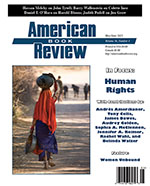 Founded in 1977, the American Book Review is a nonprofit, internationally distributed publication that appears six times a year. ABR specializes in reviews of frequently neglected published works of fiction, poetry, and literary and cultural criticism from small, regional, university, ethnic, avant-garde, and women’s presses. ABR as a literary journal aims to project the sense of engagement that writers themselves feel about what is being published. It is edited and produced by writers for writers and the general public.
Founded in 1977, the American Book Review is a nonprofit, internationally distributed publication that appears six times a year. ABR specializes in reviews of frequently neglected published works of fiction, poetry, and literary and cultural criticism from small, regional, university, ethnic, avant-garde, and women’s presses. ABR as a literary journal aims to project the sense of engagement that writers themselves feel about what is being published. It is edited and produced by writers for writers and the general public.
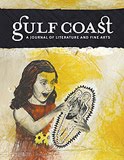 The
The 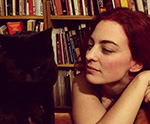 Drunken Boat
Drunken Boat Eastern Iowa Review
Eastern Iowa Review The American Library Association is hosting the 90-minute online workshop
The American Library Association is hosting the 90-minute online workshop 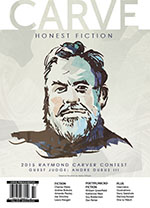 Now in its 15th year, the
Now in its 15th year, the 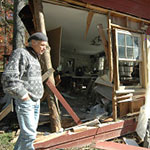 The
The 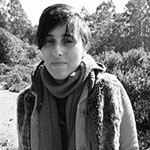 From Editor Stephanie G’Schwind’s
From Editor Stephanie G’Schwind’s  First place: S. P. MacIntyre [pictured], of South Florida, wins $1500 for “Pinch.” His story will be published in Issue 98 of Glimmer Train Stories.
First place: S. P. MacIntyre [pictured], of South Florida, wins $1500 for “Pinch.” His story will be published in Issue 98 of Glimmer Train Stories.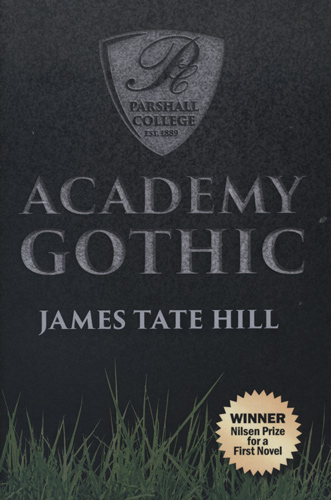 Southeast Missouri State University Press’s annual
Southeast Missouri State University Press’s annual  The Fall/Winter 2015 issue of University of Alambama’s
The Fall/Winter 2015 issue of University of Alambama’s  Based in Minneapolis, Minnesota,
Based in Minneapolis, Minnesota,  “Just what makes an essay literary ?” begins David H. Lynn’s Editor’s Notes in the Nov/Dec 2015 issue of
“Just what makes an essay literary ?” begins David H. Lynn’s Editor’s Notes in the Nov/Dec 2015 issue of  The newest issue of
The newest issue of 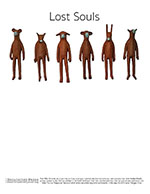
 According to the editors of
According to the editors of 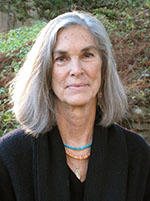 Margaret Gibson, author of the memoir The Prodigal Daughter and seven books of poetry, most recently Broken Cup (LSU Press, 2014), is featured in the Fall 2015 issue of
Margaret Gibson, author of the memoir The Prodigal Daughter and seven books of poetry, most recently Broken Cup (LSU Press, 2014), is featured in the Fall 2015 issue of 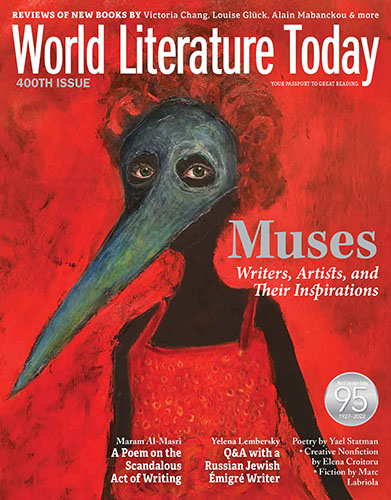 The newest issue of
The newest issue of  Issue #192 of
Issue #192 of 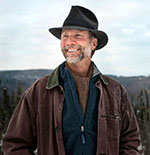
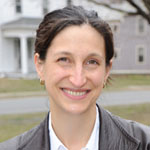 The Common
The Common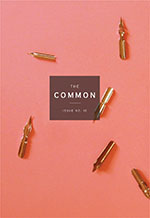 Contemporary Literature
Contemporary Literature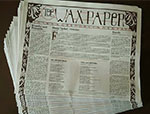 The Wax Paper
The Wax Paper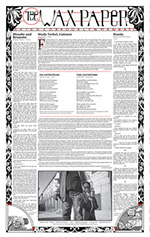 The Wax Paper Editor Hans Hetrick has writing experience from poetry to technical manuals. As Freeman tells the story, the two “became acquainted 60 feet 6 inches away from each other as the famed battery in Chicago’s Mexican Baseball League. Post-game conversation found a common interest and belief that great art must possess a generosity of spirit, a genuine respect for its audience and its subjects, and a dedication to craft. We immediately began work publishing a chapbook, Fighting Love, filled with Hans’ poems and my illustrations. After the publication of Fighting Love, Hans started trying to sell me on founding a magazine. Eventually, I relented, and The Wax Paper was born.”
The Wax Paper Editor Hans Hetrick has writing experience from poetry to technical manuals. As Freeman tells the story, the two “became acquainted 60 feet 6 inches away from each other as the famed battery in Chicago’s Mexican Baseball League. Post-game conversation found a common interest and belief that great art must possess a generosity of spirit, a genuine respect for its audience and its subjects, and a dedication to craft. We immediately began work publishing a chapbook, Fighting Love, filled with Hans’ poems and my illustrations. After the publication of Fighting Love, Hans started trying to sell me on founding a magazine. Eventually, I relented, and The Wax Paper was born.”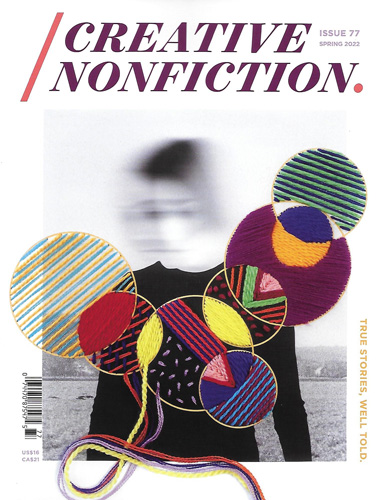 If you like
If you like 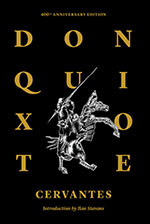 This year has brought a number of ways to celebrate the 400th Anniversary of Miguel De Cervantes’ Don Quixote.
This year has brought a number of ways to celebrate the 400th Anniversary of Miguel De Cervantes’ Don Quixote. 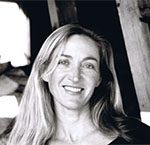 “There are standards, and we can be obedient to them. We can ask punctuation to be of service to meaning, in service of clarification, a hand to hold, a breeze at our backs. Standard punctuation is easy and safe and encouraged. It becomes almost invisible. ‘It was good enough for Shakespeare,’ a teacher once told me, ‘it’s good enough for you.’ Don’t be silly, I think he was saying. Don’t be a sophomore, or a sheep. Because he loved Bernhard and Beckett, too, their everlasting paragraphs induced by the substance and manner of what they had to say; there is nothing capricious about it. Nothing capricious about Merwin, whose unpunctuated, uncapitalized lines can look like leaves being blown from the page, light and dry and moving. Like wind in the fur of the foxes.” From Noy Holland’s
“There are standards, and we can be obedient to them. We can ask punctuation to be of service to meaning, in service of clarification, a hand to hold, a breeze at our backs. Standard punctuation is easy and safe and encouraged. It becomes almost invisible. ‘It was good enough for Shakespeare,’ a teacher once told me, ‘it’s good enough for you.’ Don’t be silly, I think he was saying. Don’t be a sophomore, or a sheep. Because he loved Bernhard and Beckett, too, their everlasting paragraphs induced by the substance and manner of what they had to say; there is nothing capricious about it. Nothing capricious about Merwin, whose unpunctuated, uncapitalized lines can look like leaves being blown from the page, light and dry and moving. Like wind in the fur of the foxes.” From Noy Holland’s 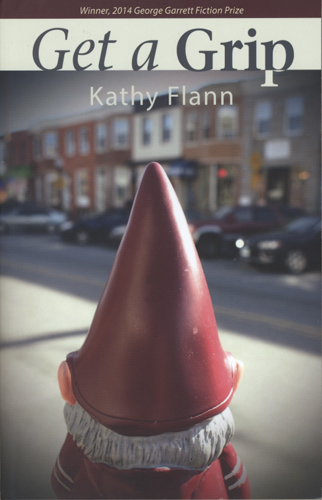 Kathy Flann’s second collection of stories Get a Grip was released last month from Texas Review Press. Winner of the 20145 George Garrett Fiction Prize, Get a Grip, according to the publisher’s website: “depict[s] a range of imagined lives . . . . All of the characters work out their struggles in the Baltimore region, channeling, in turns, the area’s charm, its despair, its humor, its self-doubt, its compassion. Get a Grip is a book about who we are when the cameras are off and the phone has died.”
Kathy Flann’s second collection of stories Get a Grip was released last month from Texas Review Press. Winner of the 20145 George Garrett Fiction Prize, Get a Grip, according to the publisher’s website: “depict[s] a range of imagined lives . . . . All of the characters work out their struggles in the Baltimore region, channeling, in turns, the area’s charm, its despair, its humor, its self-doubt, its compassion. Get a Grip is a book about who we are when the cameras are off and the phone has died.”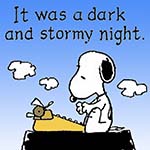 The First Line
The First Line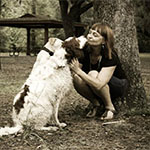 The Florida Review
The Florida Review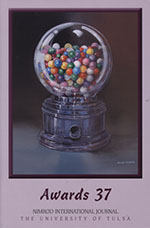 The Fall/Winter 2015 issue of
The Fall/Winter 2015 issue of 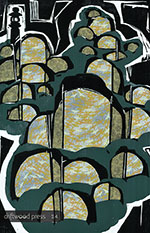 Some lit mags are able to feature a writer or two by providing an interview with authors whose works appear in the issue. For
Some lit mags are able to feature a writer or two by providing an interview with authors whose works appear in the issue. For 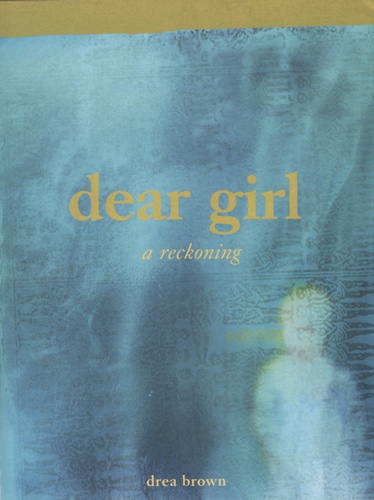 Drea Brown’s dear girl: a reckoning was released last month. The 2014 poetry winner of the Gold Line Press Chapbook Competition revisits the biography of poet Phillis Wheatley, reimagining her journey through the Middle Passage to Boston.
Drea Brown’s dear girl: a reckoning was released last month. The 2014 poetry winner of the Gold Line Press Chapbook Competition revisits the biography of poet Phillis Wheatley, reimagining her journey through the Middle Passage to Boston.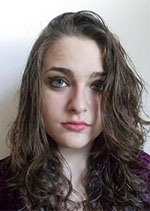 Excepted from “
Excepted from “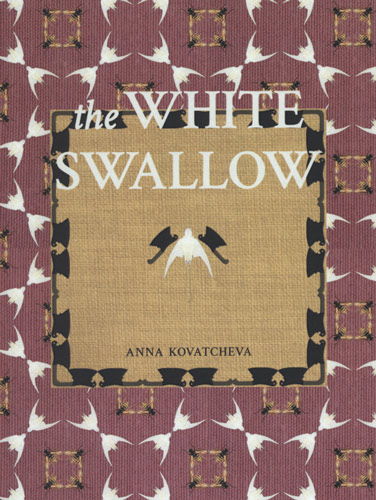 Gold Line Press’s annual chapbook contest
Gold Line Press’s annual chapbook contest This one made me smile out loud. Here’s an excerpt from Megan Taylor’s essay “
This one made me smile out loud. Here’s an excerpt from Megan Taylor’s essay “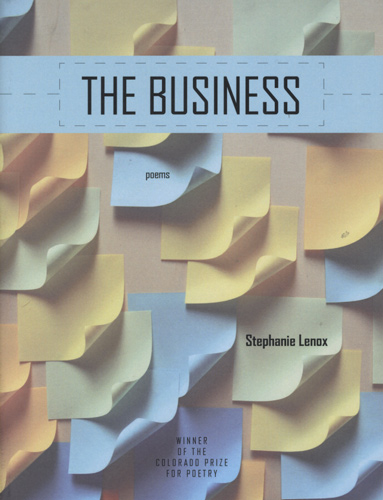 The
The 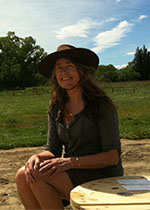 Founding Editors Liesl Nunns & Laura McNeur comment on their motivation for starting up a literary magazine, “We wanted to create a journal that gives voice to aspiring writers alongside established authors, offering a platform for first-time publication. New Zealand is home to remarkable literary talent, and Headland is a springboard for writers to explore and develop their potential, and showcase their early-career works.”
Founding Editors Liesl Nunns & Laura McNeur comment on their motivation for starting up a literary magazine, “We wanted to create a journal that gives voice to aspiring writers alongside established authors, offering a platform for first-time publication. New Zealand is home to remarkable literary talent, and Headland is a springboard for writers to explore and develop their potential, and showcase their early-career works.”
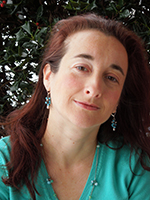 I sit on the floor
I sit on the floor Knowing what an editor is looking for in submisisons can also help readers understand what they will encounter on the pages (print or electronic) of a literary publication.
Knowing what an editor is looking for in submisisons can also help readers understand what they will encounter on the pages (print or electronic) of a literary publication. 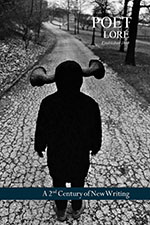
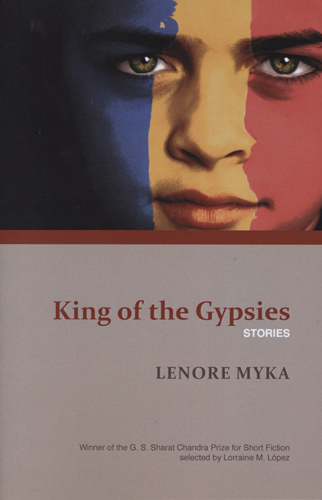 BkMk Press annually holds their
BkMk Press annually holds their 
 With the tag line: An exploration of human experience through essay and image, it’s hard to pass up
With the tag line: An exploration of human experience through essay and image, it’s hard to pass up 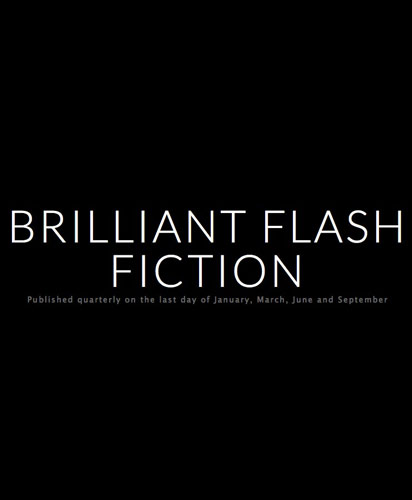 She was drowning, and doing everything she knew she shouldn’t.
She was drowning, and doing everything she knew she shouldn’t.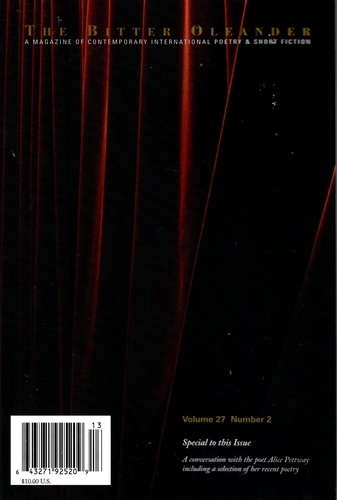 Stephanie Dickison is featured in the Autumn 2015 issue of
Stephanie Dickison is featured in the Autumn 2015 issue of